One of the most common injuries received by surfers is a knock to the head.
Although not all of these impacts are extreme, in some cases surfing can result in traumas such as brain damage.
It is not common to see surfers wearing helmets when you paddle out at a popular local break.
But as the wave size increases and the water gets shallower, helmets seem to pop up more often.
Helmets are a lot more common for big wave surfers and those who have previous head injuries.
There are many benefits to wearing a helmet while surfing, as well as a few downsides.
Below we will discuss these pros and cons, when it may be a good idea to wear a helmet while surfing, and which helmets you should be using.
- How Many Surfers Wear Helmets?
- Are Helmets Required for Surfing?
- When Do Surfers Wear Helmets?
- The Benefits of Wearing a Helmet for Surfing
- 4 Downsides of Wearing a Helmet When Surfing
- Are There Special Helmets Made for Surfing?
- Should I Wear a Helmet When Surfing?
- Conclusion
- You Might Also Like…
Disclosure: this post contains affiliate links (clearly marked with ), which means we may earn a commission if you buy something through them, at no additional cost to you.
How Many Surfers Wear Helmets?
Wearing a helmet while surfing is not a common practice.
In fact, it is so uncommon that most surfers may never come across another surfer with a helmet on.
Most surfers do not use a helmet because they do not see much benefit in it, and in some way they are right.
It is when you are surfing over a dry reef or on a rocky break with powerful waves that a helmet begins to have a purpose.
Because not many surfers wear helmets (which includes the big wave surfers that should be wearing them), there are no global statistics showing how many surfers make use of these hard hats.
That being said, one study conducted in Victoria, Australia, showed that only 1.9% of 646 surfers used headgear on a regular basis.
Although this is a very isolated and limited study, by pure observation it is clear that the number of surfers that wear helmets is in the single-digit percentile range.
Are Helmets Required for Surfing?
As it stands, there are no regulations about surfing with a helmet. This is true for both recreational surfers and professionals.
As surfing is done in water and collisions are mostly avoided, most people do not see a need to wear a helmet while surfing.
That being said, it is possible to come across surf schools, camps, and resorts that require or encourage their students to wear headgear while taking lessons from the school.
When Do Surfers Wear Helmets?
Even though you do not commonly see surfers wearing helmets, it does not mean there are no good reasons to do so.
Some situations are more common for surfers to wear helmets, in some of which a helmet is strongly advised.
1. Big Waves
The most common time to see a surfer wearing a helmet is during big wave surfing season.
A surfer traveling at high speeds whose head collides with their surfboard or the ocean floor can experience loss of consciousness, rupturing of the eardrums, and in severe cases, death.
Not only is your hard surfboard and ocean floor a danger, but the immense weight and power of the lip of the wave is enough to give a surfer brain damage.
More and more big wave surfers are turning to inflatable life jackets as an added means of safety, and helmets are next on the list.
This is why it is becoming more common each year to see big wave surfers at breaks such as Teahupoo to wear helmets when it comes to competition time.
2. Shallow Breaks
Surfing in shallow water greatly increases the dangers of surfing.
When surfing over coral reefs or a rocky floor bed, the chances of lacerations, concussions, and broken bones suddenly become a much higher possibility.
Just as a wetsuit can help protect you from the coral, a helmet will help protect your head from any serious damage.
As there is less water to soften your fall, and reefs often suck dry as they break, using a helmet over a shallow reef – especially in big swell – should be something that you consider.
3. Previous Head Injury
According to the NHS, repeated trauma to the head can lead to Chronic traumatic encephalopathy (CTE).
This trauma can, over time, lead to memory problems, confusion, a change in personality, and in extreme cases, difficulty communicating and eating.
Head injuries are serious, which is why many surfers who have experienced head trauma in the past often choose to wear helmets for protection from further damage.
Two examples of this are Albee Layer and Owen Wright.
Both surfers regularly wear helmets while surfing after experiencing severe head trauma at Jaws and Pipeline.
4. Crowded Lineups
Crowded lineups are another time that you may find surfers wearing protective headgear.
It is not all that uncommon to find surfers running into each other, and the risk of surfers colliding greatly increases as the crowds grow.
Even if the waves are small, crowds are more likely to bring problems as they come with new surfers taking surf lessons, a limited amount of space, and often a little bit of chaos.
5. Beginner Surfers
Another common time to see surfers wearing a helmet is when they are new to the extreme sport or while taking lessons.
Yes, beginner surfers are often in shallow water with very small waves – but at this stage, they often do not have control over their surfboards and likely have insufficient upper body strength for surfing.
These two things in combination make hitting yourself with your own board a high risk (trust me, I did this loads when starting out).
Because of this, some new surfers choose to wear helmets, and in some cases, high-end surf resorts may make wearing a helmet compulsory during surf lessons.
6. Kids and Young Surfers
Children’s heads are softer than adults’, and they have a lot more life to live than those of us further along in our journey.
Surfboards are hard and pose a huge risk to children.
There are multiple examples such as a 10 year old in Byron Bay who had their skull smashed by a longboard that was lost by a beginner.
When it comes to your kids, it is not worth taking the risk.
Even the pros such as John John Florence would wear head protection when he was younger.
7. Surfing Alone
Surfing alone is an amazing experience, but it can also be dangerous.
If something were to happen to you while surfing alone, there would be no one around to help.
This is why surfers who plan to paddle out alone may choose to wear a helmet.
It is always worth being careful when surfing, especially in new locations or when you are the only one out.
8. Overcautiousness
Some of us are carefree and think that nothing will ever go wrong, while others are more risk-averse and tend to go through life as though we were walking over broken glass.
Most surfers fit into the first category. However, there are still surfers that sway to the overcautious side.
These are the surfers that you will often see using shark repelling boxes or leashes, surfing only when the conditions are perfect, and never pushing themselves past their limit.
There is nothing wrong with this approach as these surfers will surely be safer in the water.
It is also more common to see a surfer wearing a helmet if they lean on the side of caution – although still not as common as some may think.
The Benefits of Wearing a Helmet for Surfing
There is only one true benefit of wearing a helmet while surfing, and that is protecting your head and reducing the chance of brain damage.
Without our brain, we cannot function, and there is no such thing as a brain transplant yet.
Surfing with a helmet will reduce the chance of a head injury if you were to hit your head on another surfer, your board, or the ocean floor.
Apart from the protection – and maybe a little bit of sun protection – a helmet does not serve many other purposes while surfing.
4 Downsides of Wearing a Helmet When Surfing
Although helmets will help protect your head from injury, they are far from perfect, and while surfing, come with a few downsides.
1. Helmets Can Feel Claustrophobic
Being knocked from a wave and held under the water is not an altogether pleasant feeling, and at times can make us feel as though we are trapped.
Take this feeling but squeeze your head into an already tight helmet and you are in for an uncomfortable experience.
Surfing with a helmet on can take away some of the freedom experienced while surfing and can make hold-downs more uncomfortable than they need to be.
2. Helmets Block Out Sounds
Surfing helmets that cover your ears can take a lot away from your surfing experience.
Imagine losing the sound of the birds, hearing muffled waves break, and missing out on most of the conversation around you.
This can at best be disappointing, but ironically, the helmet that is meant to protect you could also cut out the sound of an oncoming surfer that you could have otherwise avoided by simply kicking out.
3. Helmets Look Stupid
Surf helmets look stupid, there is no other way to put it.
Unless you are dropping in on a monster at Jaws, helmets always seem to look out of place.
Wearing a helmet while surfing smaller waves will make you look like a kook and could result in some comments in the water.
This, however, should never stop you from wearing a helmet if it makes you comfortable.
Simply ignore the comments, paddle past the other surfers, and tear up the waves as they have never seen before.
4. Expensive
Surfing helmets are not cheap if you want to buy quality.
And since it is your head that you are protecting, if you are going to use a helmet, it makes sense to wear one that will actually protect you.
A surf helmet can set you back up to USD 200 if you are looking at top of the line quality.
Although this does not seem like a lot when you consider that brain damage could be the result of not using a helmet, surfing does not require a helmet, and most surfers do not feel as though they need one.
This can make USD 200 seem incredibly expensive for what you get out of it.
Are There Special Helmets Made for Surfing?
As surfing is a water sport, the designs of the helmets are slightly different.
Helmets made for surfing are made with stainless steel reinforcing and rivets to prevent rust. These helmets also require ventilation and drainage holes for water to escape.
Finally, the sponge or foam used mustn’t become waterlogged as it will become heavy.
There are specifically designed helmets for surfing, but most of these can be switched out with other water sports helmets such as those used for wakeboarding, kite surfing or windsurfing.
Should I Wear a Helmet When Surfing?
No one can tell you what to do when it comes to your own safety.
Deciding whether you should wear a helmet while surfing is your choice and your choice alone.
There are clear safety benefits of wearing a helmet while surfing (although that could technically also be said for walking on the street).
If you are considering a helmet, first consider the type of break you will be surfing.
If there seems little risk of hitting your head, then you could opt-out.
However, if a head injury is a pressing worry for you, then a helmet might help you ease the nerves.
Conclusion
It is not common to see the average surfer wearing a helmet while riding waves.
However, as the swell size increases and the water depth decreases, helmets seem to pop up more often.
Head injuries are a real risk for surfers, and even though helmets are not common, look terrible, and do not form part of the “surfer look”, in certain conditions a helmet may be a good idea.
You Might Also Like…
-

Do Surfers Ride Switchfoot? 5 Benefits (& Why You Should Learn It)
-

Do Surfers Shave Their Legs? 5 Common Reasons (+Pros & Cons)
-

Do Surfers Wear Helmets? 8 Situations You Should Wear One (+4 Cons)
-

Do Surfers Poop in the Ocean? Myths & Facts (+5 Tips)
-
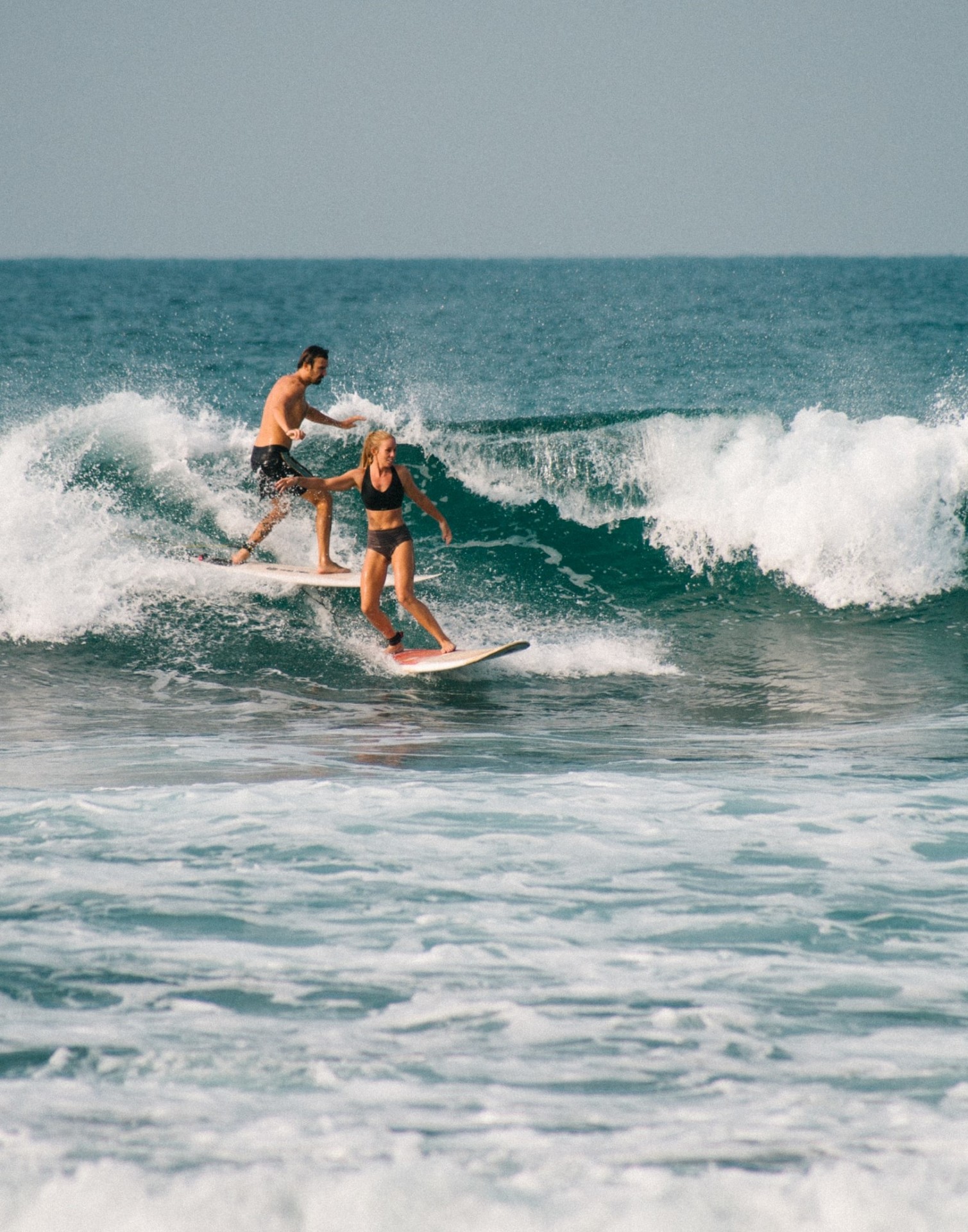
Do Surfers Run Into Each Other? 5 Common Reasons (+8 Tips)
-
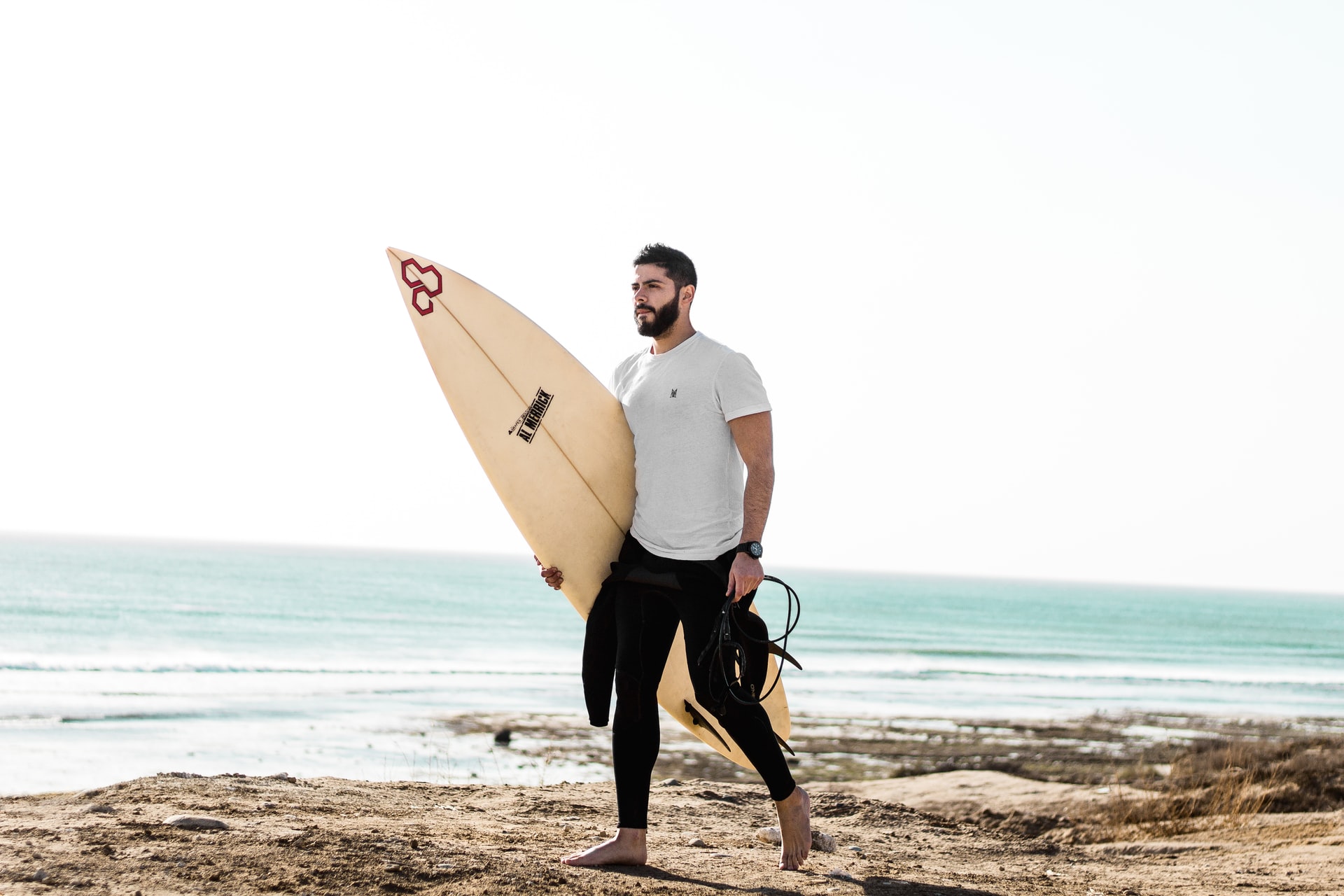
Do Surfers Have Beards? Pros & Cons You Should Know (+4 Tips)
-
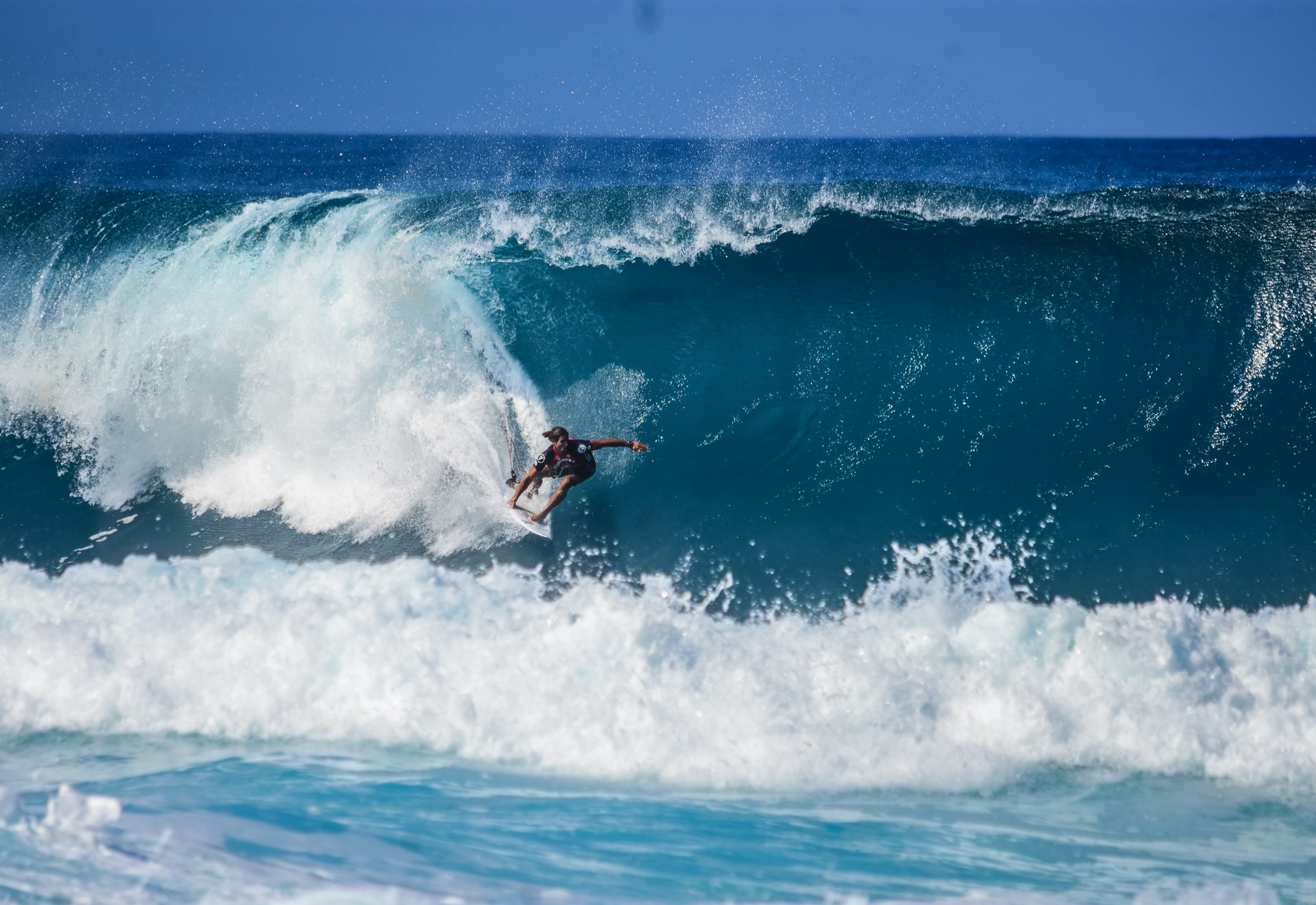
Do Surfers Like Constructive or Destructive Waves? (+Pros & Cons)
-

How to Surf Safely: 34 Crucial Tips (Every Surfer Should Know)
-
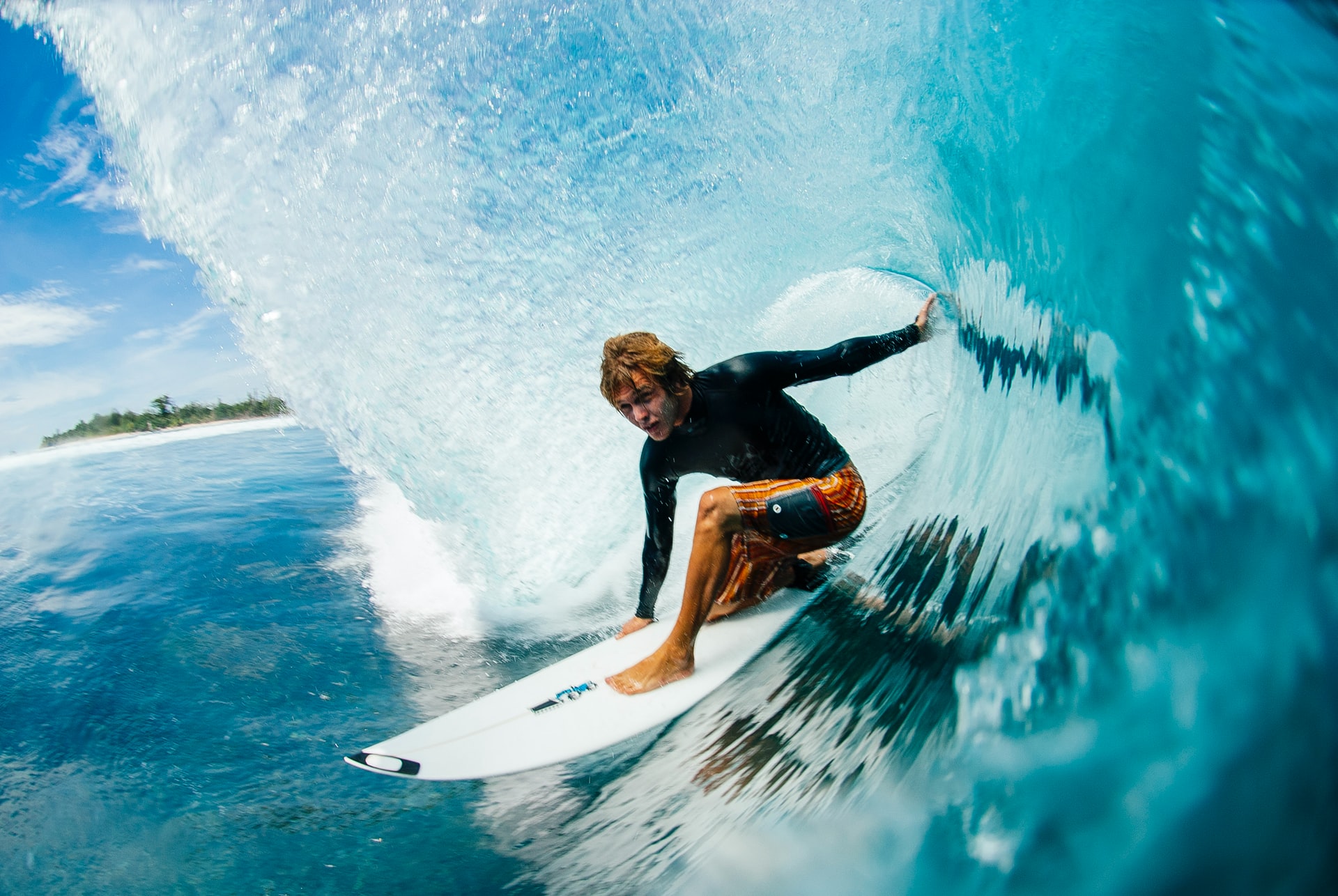
Do Pro Surfers Use Leashes? (+6 Reasons Why You Should Too)
-

Do Many Surfers Drown? Here Are the Facts (+4 Common Reasons)
-
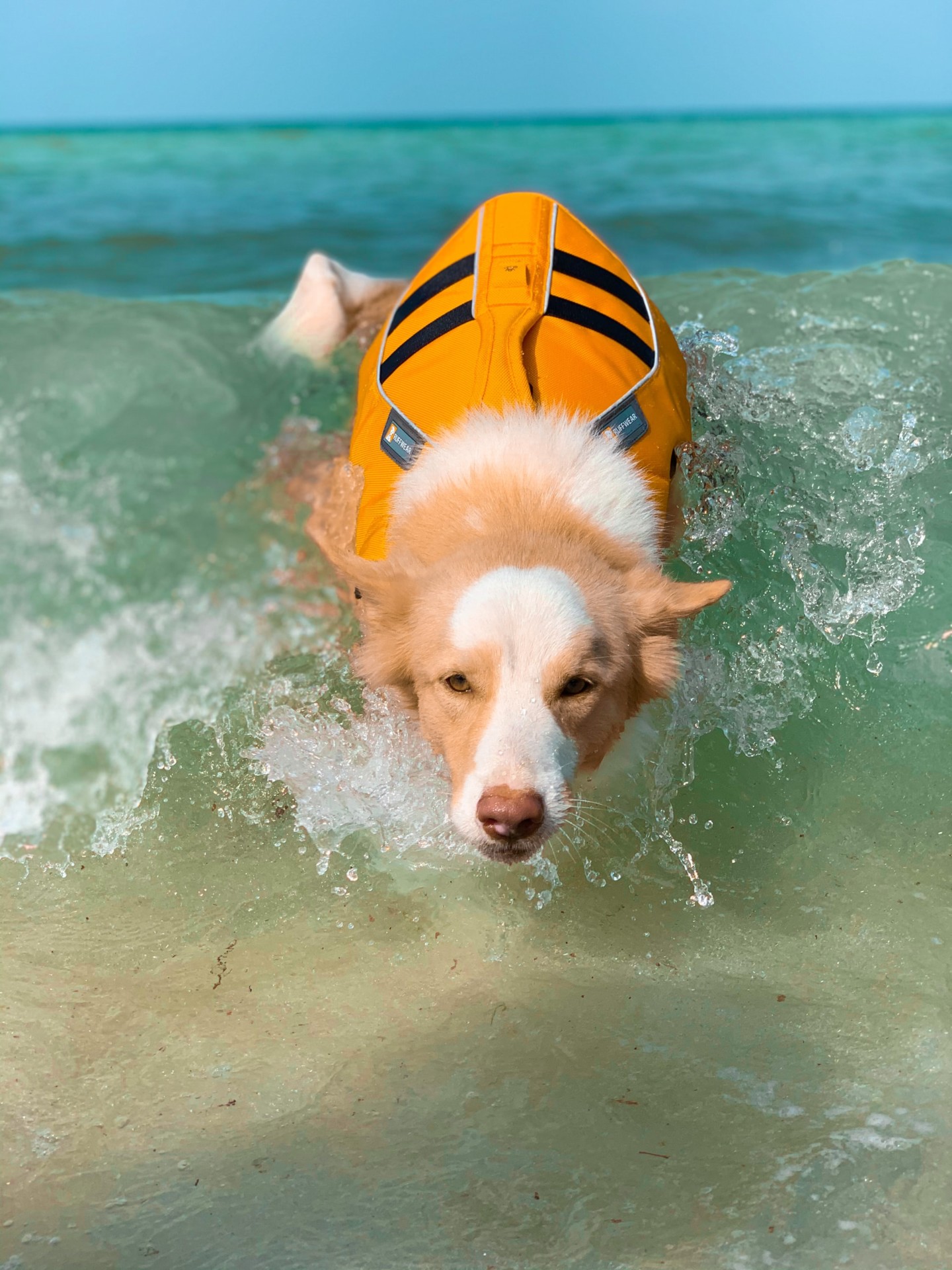
Do Surfers Wear Life Jackets? (7 Reasons Why They Don’t)
-
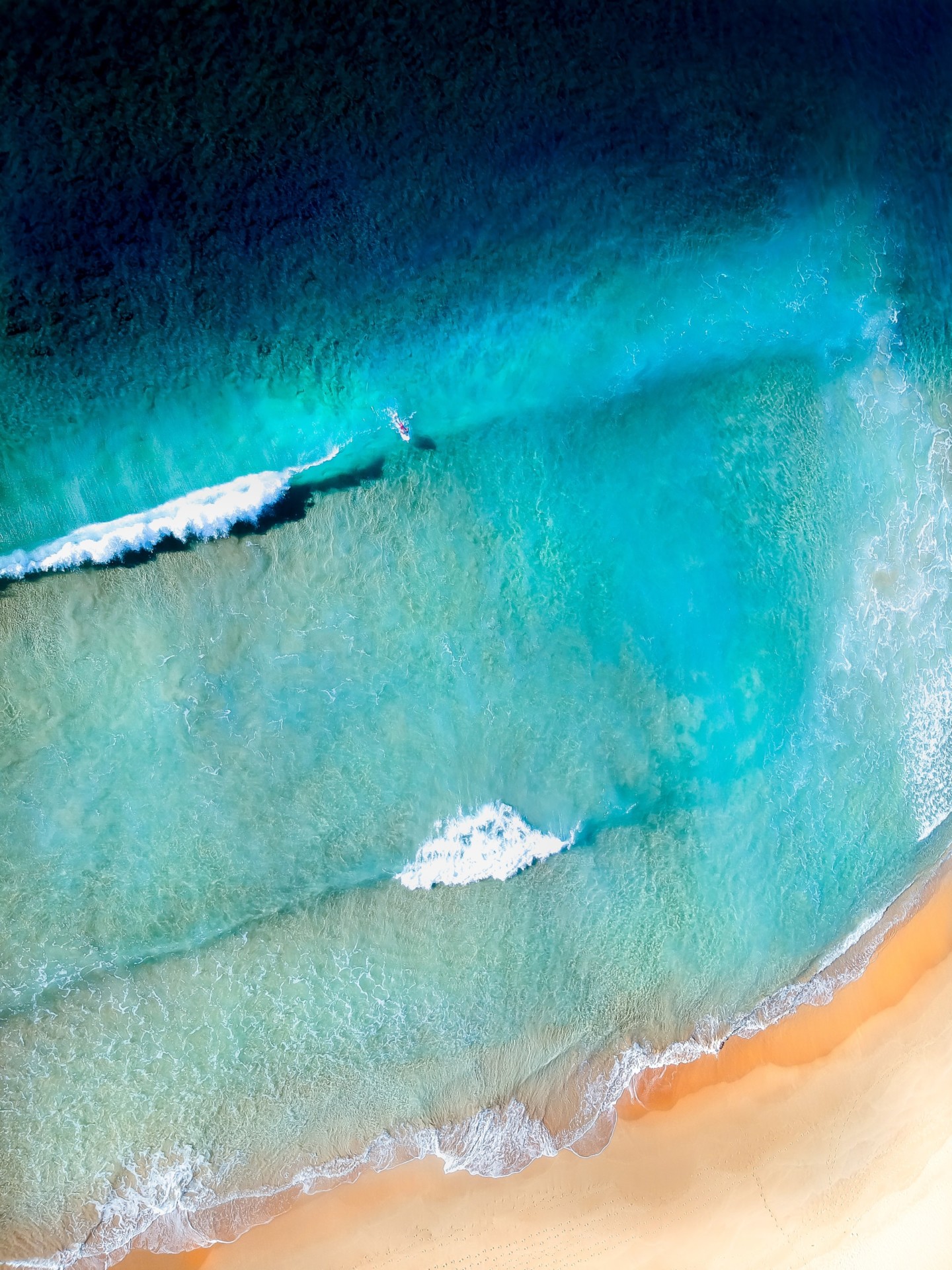
Do Surfers Like Rip Currents? (& How to Use Them Safely)







